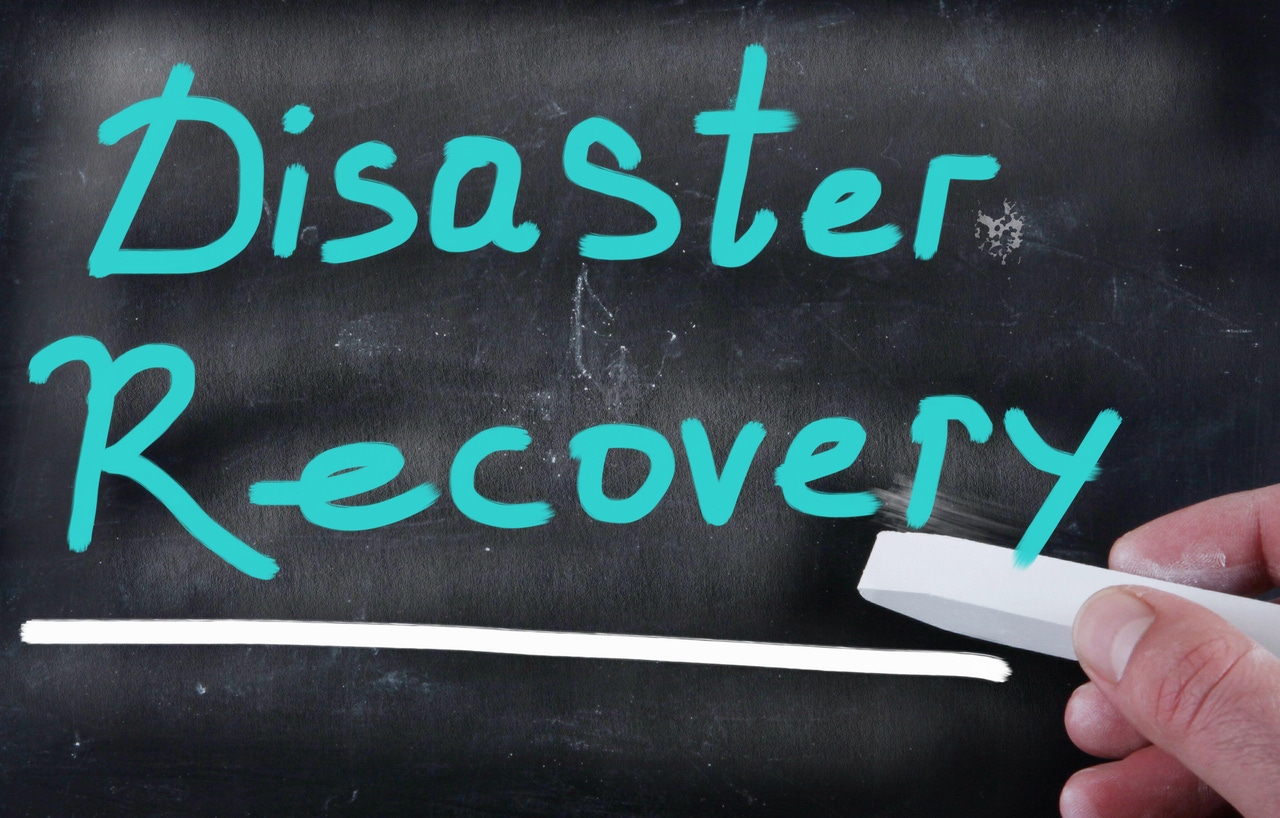Building a Bulletproof Disaster Recovery PlanBuilding a Bulletproof Disaster Recovery Plan
A proactive and comprehensive approach to disaster recovery not only ensures business resilience but also secures long-term success by making the organization robust, adaptive, and prepared for whatever the future may bring.

What’s secure and safe today won’t be secure and safe in a month’s time. The average downtime from a ransomware attack takes 23 days and can cost $1.54 million - not just payments but the labor, lost opportunities, and device replacements that have to take place to fix everything. To add insult to injury, 75% of ransomware attacks target SMBs, which means the organizations that can afford it the least are the ones that end up paying the most.
As a result, every organization needs a robust disaster recovery (DR) plan to ensure a company's continuity and resilience. DR plans support business continuity, allowing a return to normal operations by setting expectations for recovery and clarifying roles and responsibilities. Luckily, a solid plan can be built without significant investment, provided security and IT teams follow the right best practices.
Why You Need to Invest in a Disaster Recovery Plan
We see patches for all of our applications and tools because new vulnerabilities get discovered all the time. On top of consistently updating solutions, you should also understand that unknown vulnerabilities are a common entry point for attackers. Hence, there is a need for DR. Effective DR planning demands a holistic approach, encompassing the assessment of potential disasters, development of data restoration strategies, and planning for infrastructure rebuilding. A DR plan is a blueprint that not only defines roles and responsibilities but also underscores the importance of backups. A good plan is also highly adaptable, allowing it to evolve in response to changing threats and business requirements, thus maintaining the organization's operational integrity.
Laying the Groundwork
You have to build your plan from the ground up, targeting everything from minor disruptions like a key team member unexpectedly quitting as well as the worst-case scenarios such as natural disasters or massive cyberattacks, which hit small-to-medium businesses (SMBs) even harder than Fortune 500s. A lot of companies can't effectively recover because they haven't planned their tech stack around the need for data recovery, which should be central to core technology choices. When building a plan, companies should understand the different ways that applications across an organization’s infrastructure are going to fail and how to restore them.
Perhaps the most critical aspect of DR planning is establishing Recovery Time Objectives (RTO) and Recovery Point Objectives (RPO). RTO outlines how long a company needs to recover from a disaster. For most (SMBs), this typically takes between 12 to 24 hours. RPO details how far back in the timeline of operations and data versions a company needs in order to be able to fully recover.
This affects how often to back up to offsite locations or cloud storage vendors and has extreme variation depending on what type of industry a company is involved. Some will have databases changing infrequently and don't need to save old versions, and they'll enjoy a short RPO. Others who have constant updates and need to save old versions could be looking at 7-10 days. It's also important to think about staggering RPO items for different departments depending on the value and vulnerability of different data sets, such as getting the finance team back online before marketing.
Setting Priorities and Objectives
When developing the plan, prioritizing the key objectives and systems is crucial to ensure teams don't waste time on nonessential operations. Then, ensure that the right people understand these priorities by building out and training your incident response teams with clear roles and responsibilities. Determine who understands the infrastructure and what data needs to be prioritized. Finally, ensure they're available 24/7, including with emergency contacts and after-hours contact information.
While storage backups are a critical part of disaster recovery, they should not be considered the entire plan. While essential for data restoration, they require meticulous planning regarding storage solutions, versioning, and the nuances of cold storage. Everyone’s data backup solutions are going to be unique depending on their business needs. If a company needs a rapid RTO, then it wouldn’t make sense to rely on cold storage solutions such as linear tape open which can delay recovery despite being less expensive.
Ensuring Your DR Plan is Bulletproof
Once a plan is outlined, there are still several steps to ensuring it's bulletproof. Start by segmenting tasks into manageable portions and incorporating regular evaluations so that each part of the plan makes sense. A DR plan that is only on paper will fail. At the bare minimum, it should be tested once a year, but walking through processes once per month is ideal so that it gets socialized. Documentation of the plan should not only be easy to follow but also should include backup copies, even printed versions, which should be easily accessible if the environment goes down. Options like Disaster Recovery as a Service (DRaaS) from third-party experts can be considered, particularly for businesses with limited in-house expertise.
Finally, DR planning is not a static approach but should be understood as a continuous process that needs fine-tuning, updating, and auditing to ensure its effectiveness against continuously evolving threats and unexpected disasters. Practitioners should always be thinking about their plan and how to iterate and evolve it.
Planning for Overall Business Success
DR planning is a company-wide concern, not just limited to IT departments – ensuring that the organization can resume operations within acceptable timeframes and data loss parameters following a disruption. A proactive and comprehensive approach to disaster recovery not only ensures business resilience but also secures long-term success by making the organization robust, adaptive, and prepared for whatever the future may bring.
Related articles:
About the Author
You May Also Like


